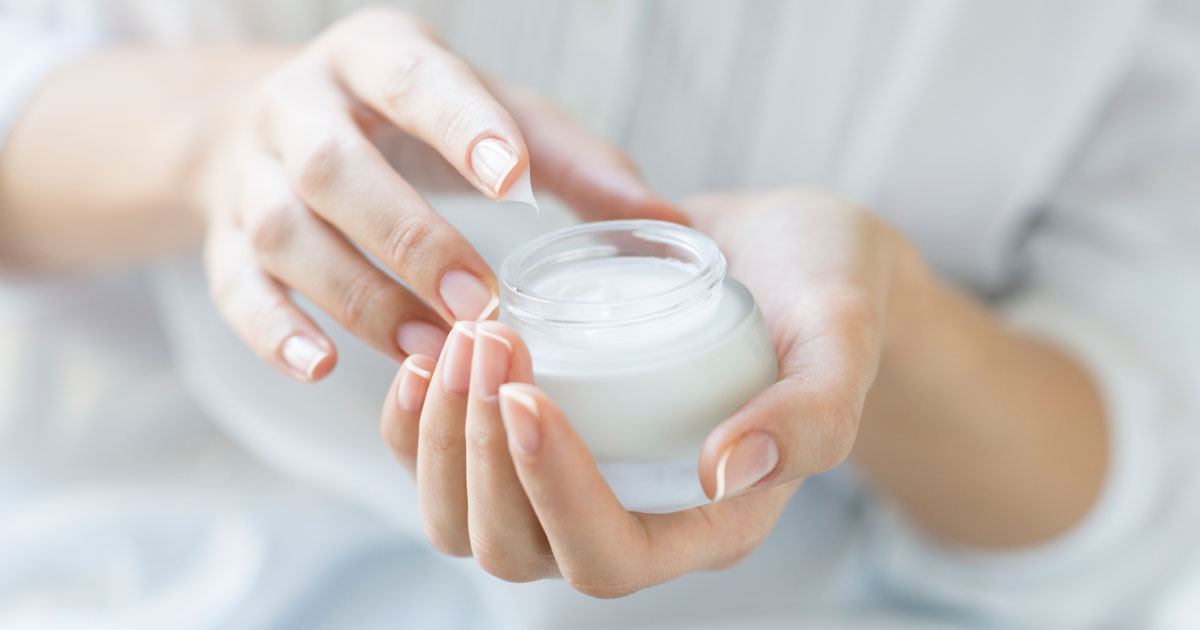Risk Factors And Causes Of Dermatitis Neglecta
Corneocytes

Corneocytes are a natural part of the skin barrier that helps renew the epidermal layers. They help keep the skin strong by providing strength to the skin cells helping the skin work as a chemical, physical, and immunological barrier. Corneocytes can even help protect the skin from sun damage. It is essentially dead skin cells that protect the skin. They are not often damaged through viruses. They can also help the skin stay flexible and hydrated because they can absorb water and store it to keep the skin from drying out. The cell turnover is supposed to be every two to four weeks. However, when individuals do not remove it from the surface layer of the skin through exfoliation, they build too many layers on the skin. This eventually causes dermatitis neglecta.
Sensitive Skin

Sensitive skin can put individuals at risk of developing dermatitis neglecta. Dermatologists identify this skin condition when the skin reacts to things by eroding the skin, creating bumps or pustules. They also identify it when the skin is too dry, causing the nerve endings to be improperly protected. If individuals notice their skin becomes red easily, they might have sensitive skin. It is often reactive to a variety of ingredients and causes patients to develop rosacea or dermatitis neglecta. Dry patches can also be a symptom of sensitivity because the skin can’t effectively keep hydrated. Flaking causes the dryness to persist. Itchiness might also be a sign of sensitivity.
